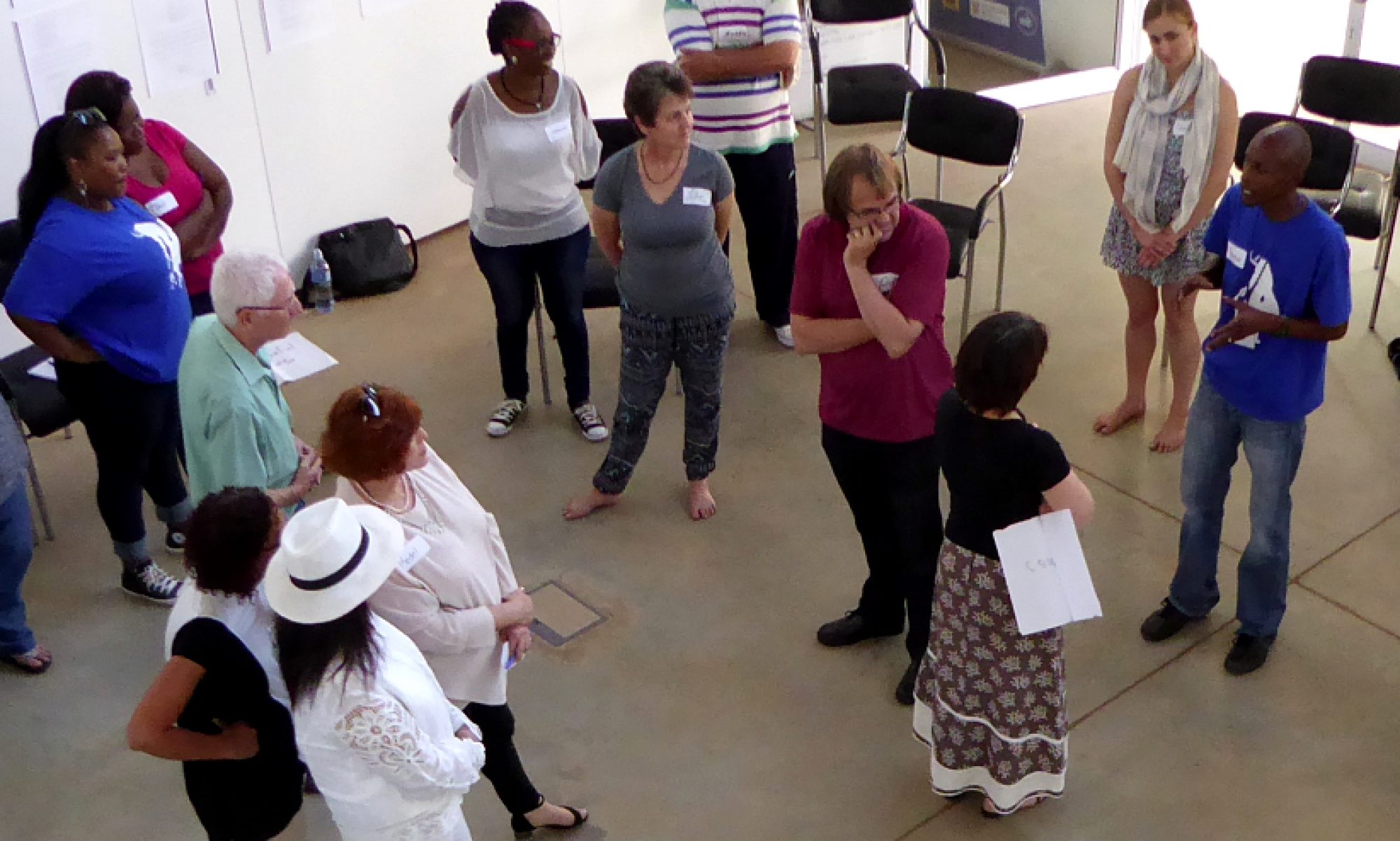Game for coaches and counsellors
Possible outcomes:
• Gets client out of a stuck emotional state.
• Helps client to get new perspective on their situation.
Overview:
The client uses their current feeling as a springboard to tell a third-person fictional story. The coach assists by asking interjectory questions to advance the action.
Time: 5 – 15min
Game flow:
Ask the client to focus on their current emotional state. Let them think of a character that would wake up in the morning with the same emotion. Instruct the client to tell a story about this character. Tell them just to allow the story to come and not to try and steer it. Let them know that if they get stuck you will help them by asking a question. For example you may say, “the character hears a knock on the door, who is it?” or “she receive a parcel in the mail, what is in it?” You can also just say “suddenly….” or “but then…” Usually the client tells a story about a character with their same emotional state that goes on an adventure and ends in a positive note. The story doesn’t have to have a happy ending though.
I got this game from the book Rehearsals for Growth: Theater Improvisation for Psychotherapists by Daniel J. Wiener

